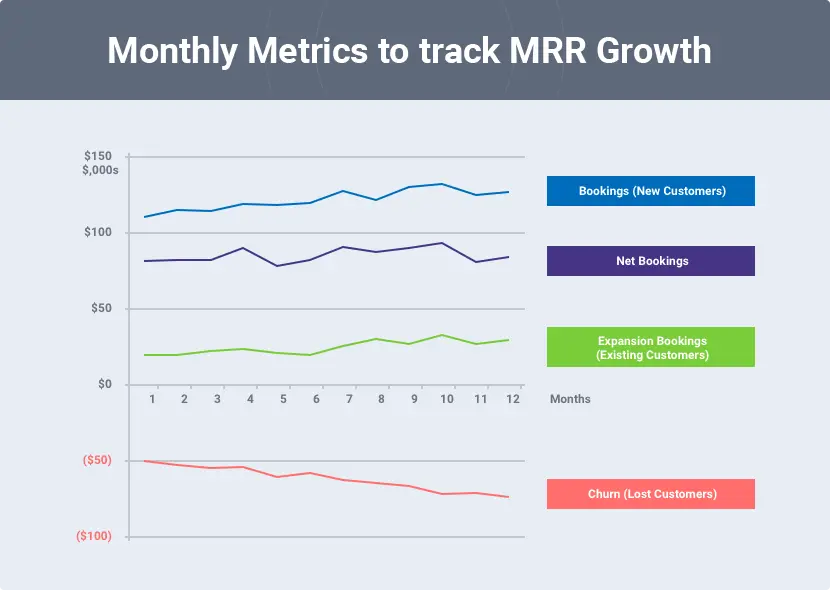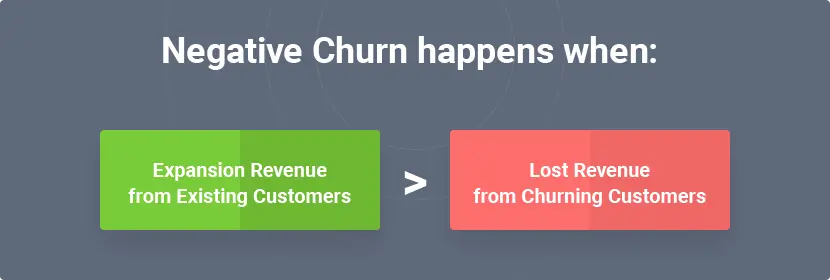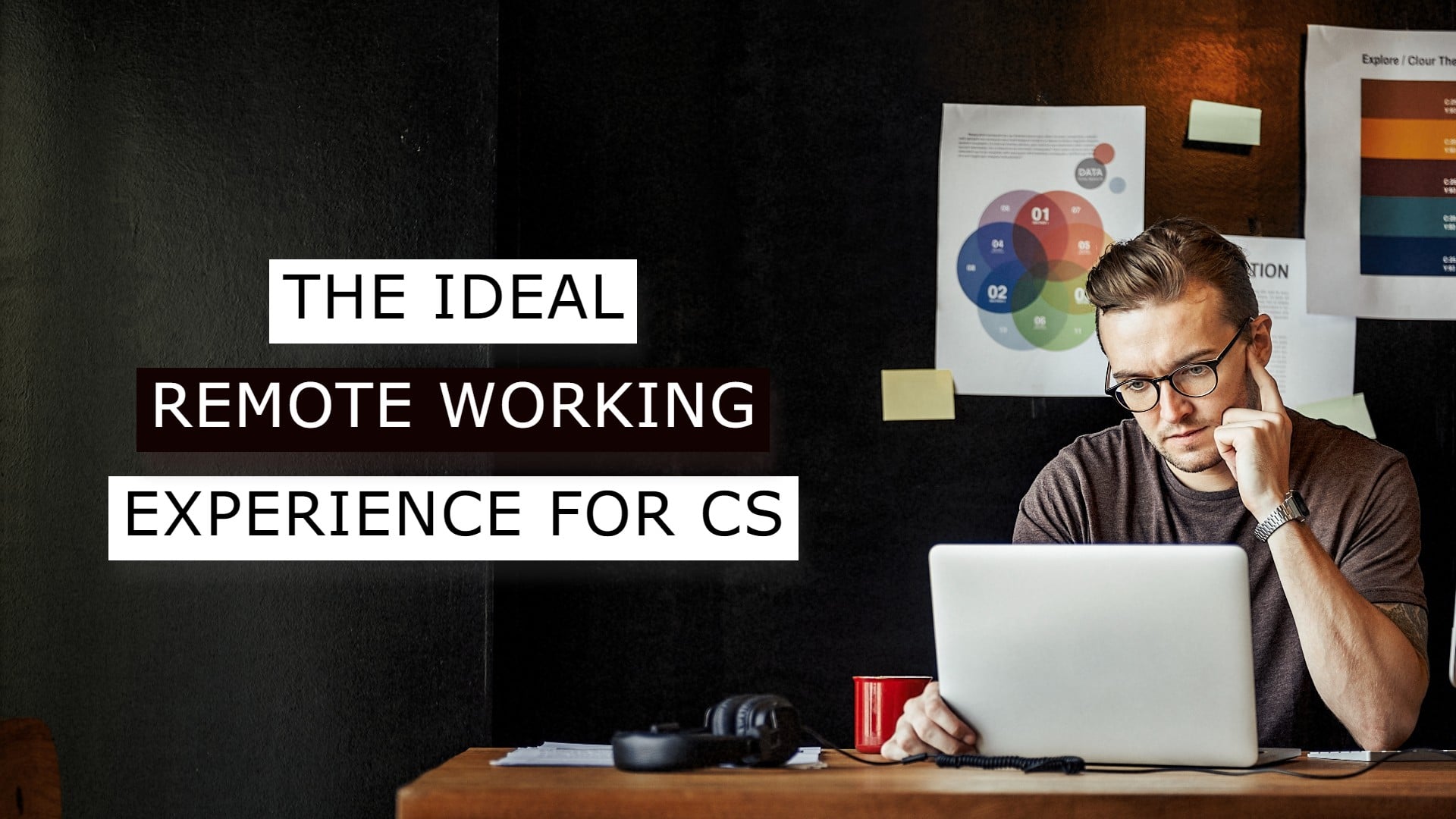SaaS businesses are like living, breathing creatures, evolving, expanding, and contracting over time. As your service grows, customers come and go. Such is life and business.
Early on, SaaS churn rates might represent a blip on your radar, but likely are of lesser concern due to their relatively low impact on KPIs. However, as you reach certain levels of growth, churn rates can place serious limitations on your ability to expand your market share.
SaaS Churn Rate – An Overview
SaaS churn rates represent the rate percentage at which your customers terminate their subscriptions in a given period of time.
In order for a SaaS to grow and prosper, its growth rate (i.e. new sign ups) must exceed its churn rate (canceled subscribers).
Churn rates are a key historical measure of performance and represent an important metric when calculating revenue and growth forecasting. As it relates to forecasting, SaaS churn is represented as the probability rate of subscribers canceling their memberships.
Basic Churn Formula

To calculate your churn rate, you can use this handy SaaS churn calculator we’ve put together.
While the formula is simplistic, in practice, SaaS churn can be both difficult to measure and define
For a complete overview of churn and how to reduce it, check out our Customer Churn guide.
For example, SaaS churn can take many forms, such as:
- Customer level churn. This churn metric refers to the loss of the customer regardless of subscription level or plan. Simply put, this metric is relevant to when the customer cancels with your product.
- Subscription level churn. This metric is relative to the actual subscription level of the customer. For example, you may not lose the customer but rather they decide to downgrade or upgrade their service level.
- Recurring revenue. This metric includes the weighted recurring revenue (ARR or MRR) as it relates to churn.
Further complicating the matter, churn can involve the following:
- Varying churn rates. For example, you may find that churn rates rise and fall during certain months or seasons.
- Varying growth rates can also impact the measuring and optimization of churn. Growth initiatives resulting in a mass influx of new customers might skew data.
- Customer types and demographics can also play a role. You may find that customers with certain types of profiles either have lower or higher churn rates on average. This may be due to nothing other than certain prospects being better suited to your products and services than others.
- It is very common to uncover that certain subscription levels will have a higher retention rate and lower churn rate. Typically the mid or higher tier service lines have a lower churn rate than lower tiers.
- Two other often overlooked aspects are the contract type and duration. For example, you may find that month-to-month contracts have a higher level of churn than annual or bi-annual subscriptions.

Why SaaS Churn Happens
Despite your best efforts, you won’t be able to appease everyone. Churn, like taxes and death, is a part of the SaaS life we lead.
Here are a few examples of why customers typically terminate their subscriptions:
- Budgeting/finance issues
- Customer’s needs have changed
- Customer fails to see the value proposition of your product long term
- Your SaaS fails to meet or exceed expectations
- Poor customer service or response rates
- Customer has moved to a competing product/service
As you can surmise, some of these variables are within your control, whereas others are dependent upon external factors out of reach.
How to Deal with Churn
When talking about churn, what we’re really addressing is the overall satisfaction of your customers such as measured by NPS scoring and how you can proactively work to help your customers.
Here are a few tips:
- Help your subscribers engage with your SaaS in a way that provides value and usability. You can do this through consistent and valuable communication, active listening, gathering and implementation of feedback and working to improve the user experience.
- One way to get started in that direction is communicating with customers to uncover issues. This feedback can be incorporated into your customer success plans and support initiatives, as well as used to proactively solve common problems before they become larger issues.
- Monitor and measure user engagement and usage. Identify key points at which engagement decreases or drops off and work to improve those aspects of your SaaS.
- Identify what makes your SaaS “sticky”. What makes your product a “must have” in the everyday operations of your customers’ businesses. How can you integrate deeper with their systems to make your product a critical component for them?
- When it comes to drop-offs, allocate your best reps to “saving” troubled accounts. And above all else, continually test, monitor and improve upon features, pricing and other aspects of your systems.
Deep analysis and understanding of churn will likely lead to:
- Inclusion of new features
- Elimination of bloat or unnecessary elements
- Improved streamlining of processes
- Enhanced support
While some degree of SaaS churn is unavoidable, that doesn’t mean you can sit on your laurels while your revenue and growth rates slip through the cracks.
In fact, some reasons for churn that seem “out of your control” can be approached with creative solutions to stop the leaks in the ship.
What You Need To Ask Yourself:
1) How many of my customers cancelled subscriptions for reasons that could have been prevented with proper prevention mechanisms?
2) What percentage of churn was due to reasons completely out of our control?
Common SaaS Churn Reasons & How to Fix Them
The Customer Went Out Of Business Or Is Unable To Pay
Businesses fail, companies run into financial shortfalls, and budgets can tighten up without a moment’s notice. While you can’t directly influence your client’s bottom line, what you can do is identify those types of businesses that tend to be successful. Once you’ve built a profile off of these successful businesses, you can modify your marketing and outreach to attract a “better” customer, thus reducing your overall churn over time simply by targeting the “right” customers.
The Customer Wants/Needs A Feature You Don’t Offer
The fact remains, you can’t ever expect to fully appease everyone and despite the old adage, the customer isn’t always right. However, if the “ask” is small, and perhaps would benefit other users, would the long term ROI of implementing the feature be worth it?
Conversely, if you find that numerous subscribers have asked for this same feature over time, you may need to re-evaluate your feature pipeline and add this element up the priority list for your developers.
The Customer Cancels Before Giving The Product A Chance
This is a frustrating experience any SaaS founder will no doubt go through. A prospective customer buys or signs up for a trial of your SaaS, but they don’t fully utilize it and then promptly cancel.
You can lead a horse to water but you can’t make it drink right? That’s one way to look at it. But taking a solution-oriented approach may lead you to re-evaluate your onboarding process. By doing so, you may determine drop-off trends at certain stages, thus allowing you to revamp your processes to address specific customer journey issues.
As you can see, while not every instance of churn is avoidable, taking a solutions-oriented approach vs an “it’s out of our control” approach wins out every time.
Negative Churn – The End Goal

The dream of every entrepreneur is “negative churn”. Negative churn refers to a situation in which cross-sells, up-sells, and new subscriber growth offsets and outpaces any loss in revenue from churn rates.
Achieving a “negative churn” rate is typically the result of one of the following:
1. Growth/expansion efforts
2. Up-sells and promotions
3. Cross-selling to your existing customer base
As stated by David Skok in his blog post “Why churn is critical in SaaS”, the first 12-24 months of your SaaS launch is a critical time period in which to establish a core set of features with a basic pricing model that covers core elements of your product but also leaves room on the table for improvement and expansion of features.
Negative Churn – When Is The Right Time?
Negative churn is important, but all good things in time. Early-stage start-ups are not necessarily the best candidates to being addressing and testing too many product, package and pricing variations.
The first one to two years of your SaaS needs to focus on user acquisition and feedback in order to further refine your product and gain the necessary data to make intelligent decisions on your future path and development pipeline.
And while hitting a “negative churn” isn’t a priority during these first 12-24 months, maintaining a low overall churn rate should be.
Key Takeaways
- Churn isn’t good, but it is inevitable
- Track, measure, analyze and improve
- Your approach to reducing churn will refine over time as your product matures
- Churn rates may vary per industry
- Negative churn is a best-case goal later on
- Focus on improving your product and customer satisfaction rates





